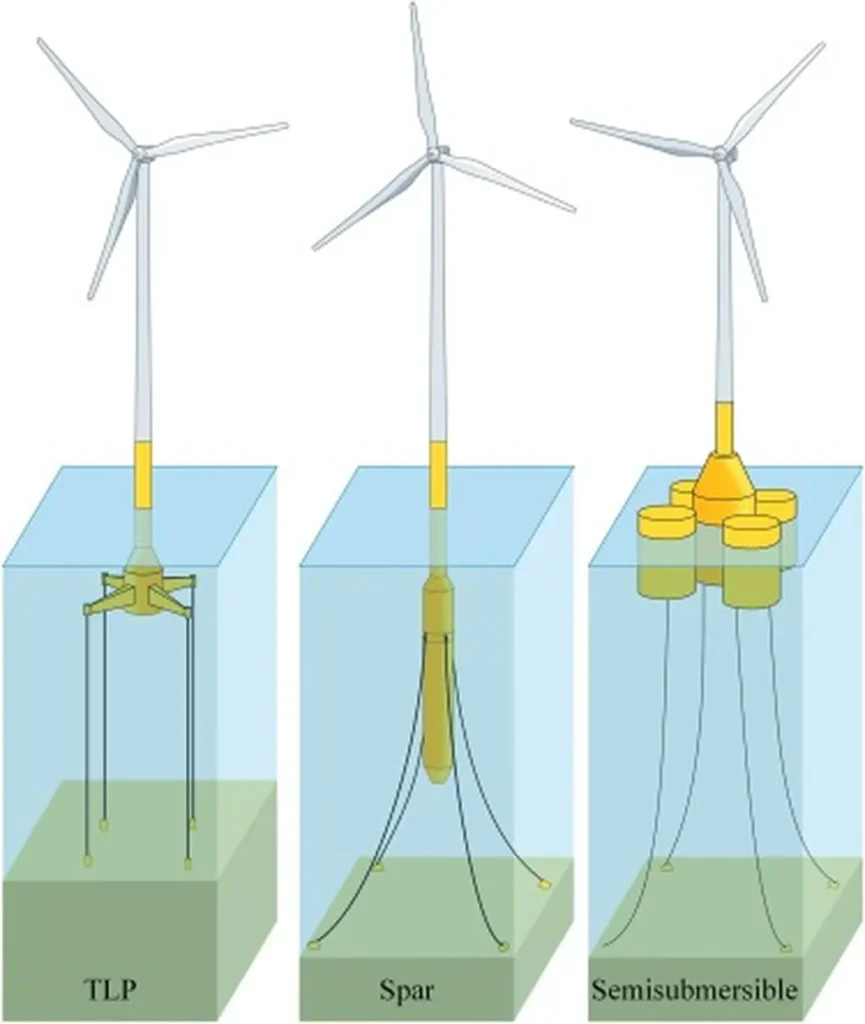In the face of increasing wind power integration into coastal power systems, a novel approach to reserve planning is emerging, one that could significantly bolster grid resilience against typhoon-induced disruptions. Researchers, led by Huiying Cao from the State Key Laboratory of Power Transmission Equipment Technology at Chongqing University, have developed a two-stage framework that could reshape how energy providers prepare for extreme weather events.
The challenge is substantial. Traditional reserve planning methods often overlook the unique threats posed by typhoons, which can cause widespread generation loss and jeopardize system security. Cao and her team have tackled this gap head-on, proposing a method that combines economic optimization with operational security verification. “Conventional methods may not suffice under severe typhoon conditions,” Cao explains. “Our approach ensures that reserve planning is both economically optimal and secure.”
The framework operates in two stages. First, it generates a diverse set of high-impact typhoon scenarios using a sophisticated multivariate Markov chain Monte Carlo (MMCMC)–based path reconstruction method. This method captures the dynamic evolution of key typhoon characteristics, providing a comprehensive picture of potential threats. Second, it identifies the economically optimal reserve capacity through cost-benefit analysis and validates it against the typhoon scenarios via N − 1 security verification.
A case study on the modified IEEE RTS79 test system revealed that economically optimal reserve capacities may fall short under severe typhoon conditions. However, a small increase in reserve capacity can significantly enhance system resilience with minimal additional cost. This finding underscores the importance of incorporating typhoon scenario-based security verification into reserve planning, particularly for high-penetration wind power systems in coastal regions.
The implications for the energy sector are profound. As wind power integration continues to grow, especially in coastal areas prone to typhoons, this research offers a robust tool for ensuring grid stability and security. By adopting this framework, energy providers can better prepare for extreme weather events, minimizing potential disruptions and maintaining reliable power supply.
The study, published in the journal Energies, highlights the need for a more nuanced approach to reserve planning. As the energy landscape evolves, so too must the strategies that underpin it. Cao’s research provides a compelling step in that direction, offering a blueprint for a more resilient and secure energy future.
This research could shape future developments in the field by encouraging a shift towards more adaptive and scenario-based planning. As the energy sector continues to grapple with the challenges of integrating renewable energy sources, such innovations will be crucial in ensuring grid stability and security. By embracing these advancements, energy providers can navigate the complexities of a changing climate and an evolving energy landscape, ultimately delivering more reliable and sustainable power to consumers.

